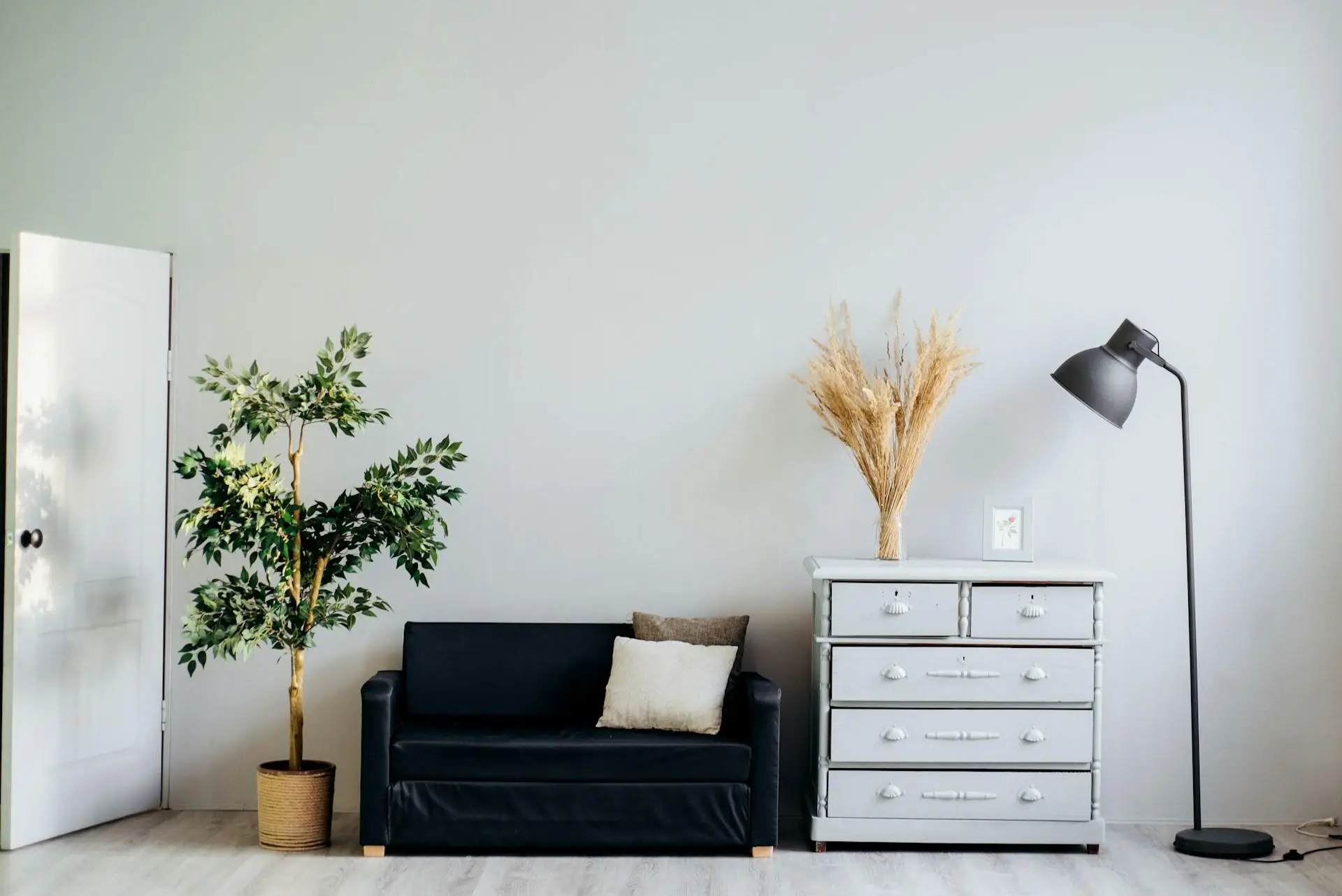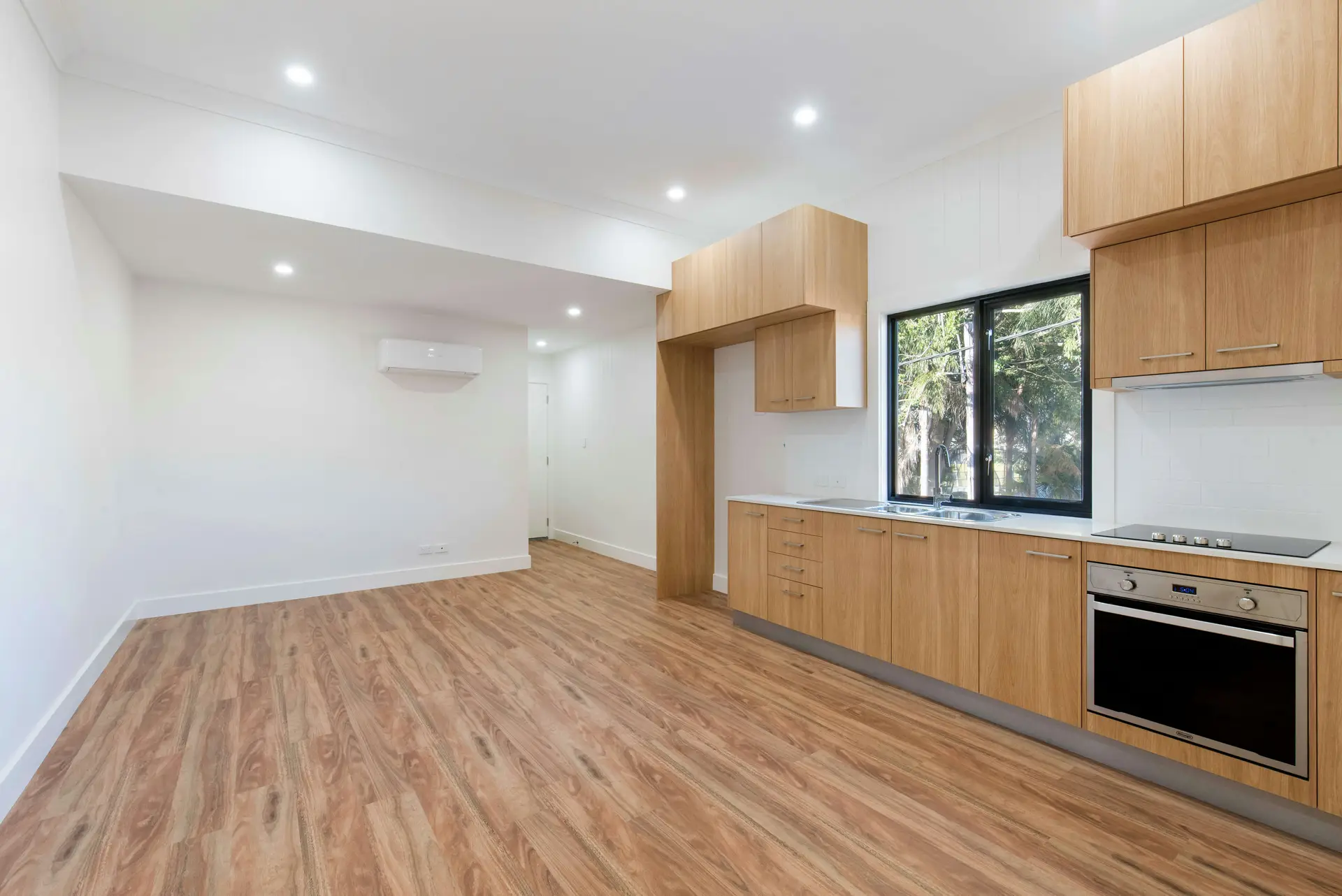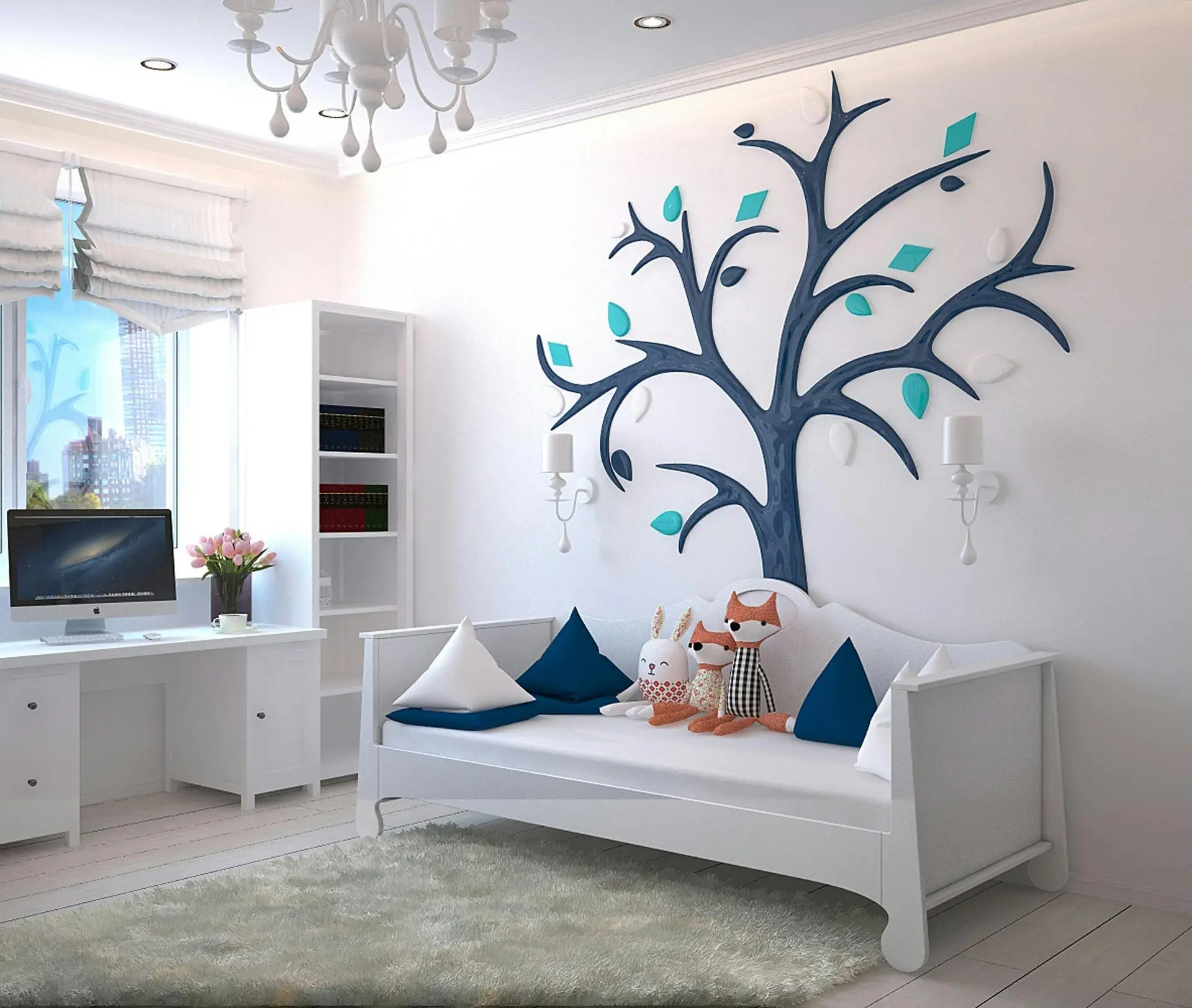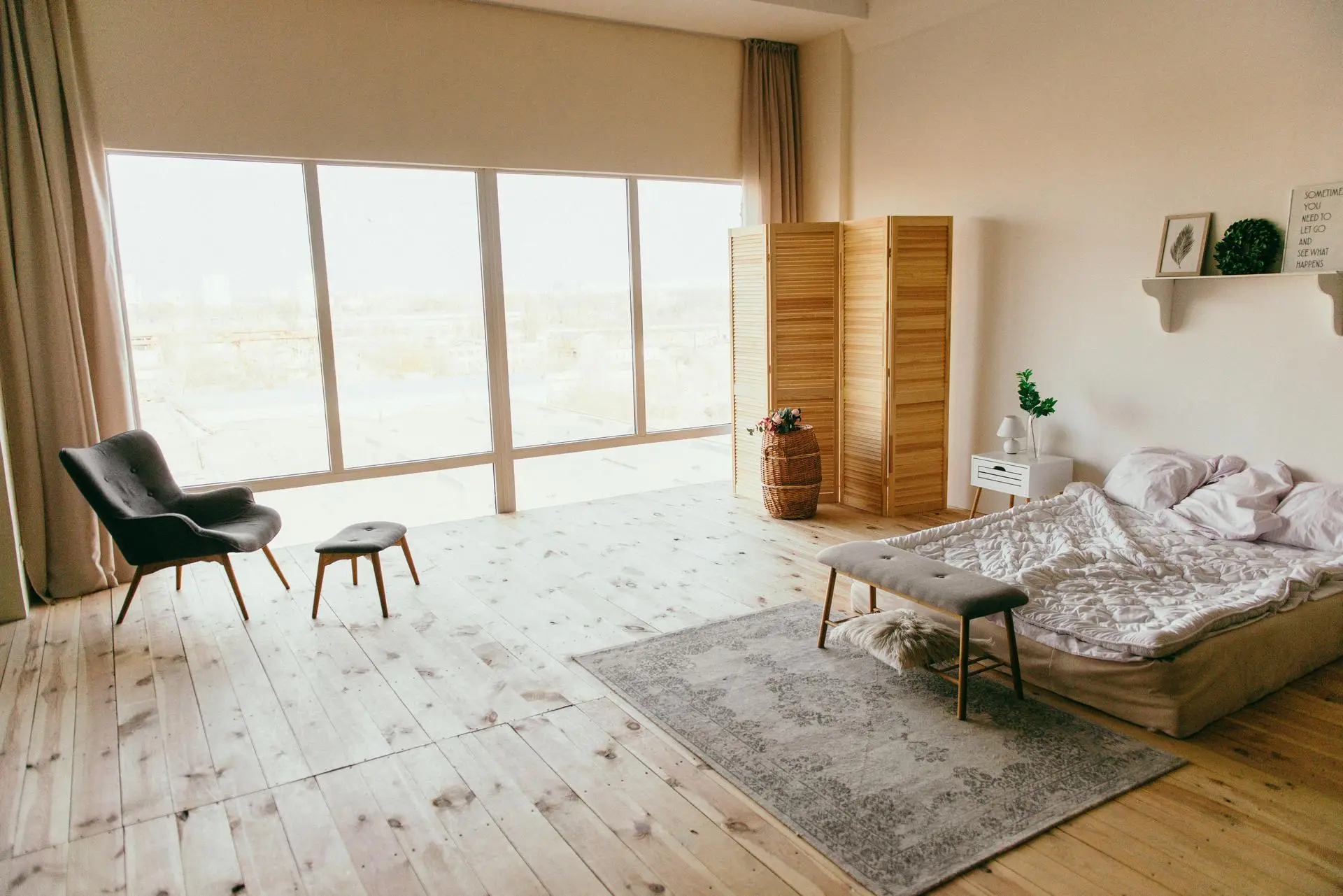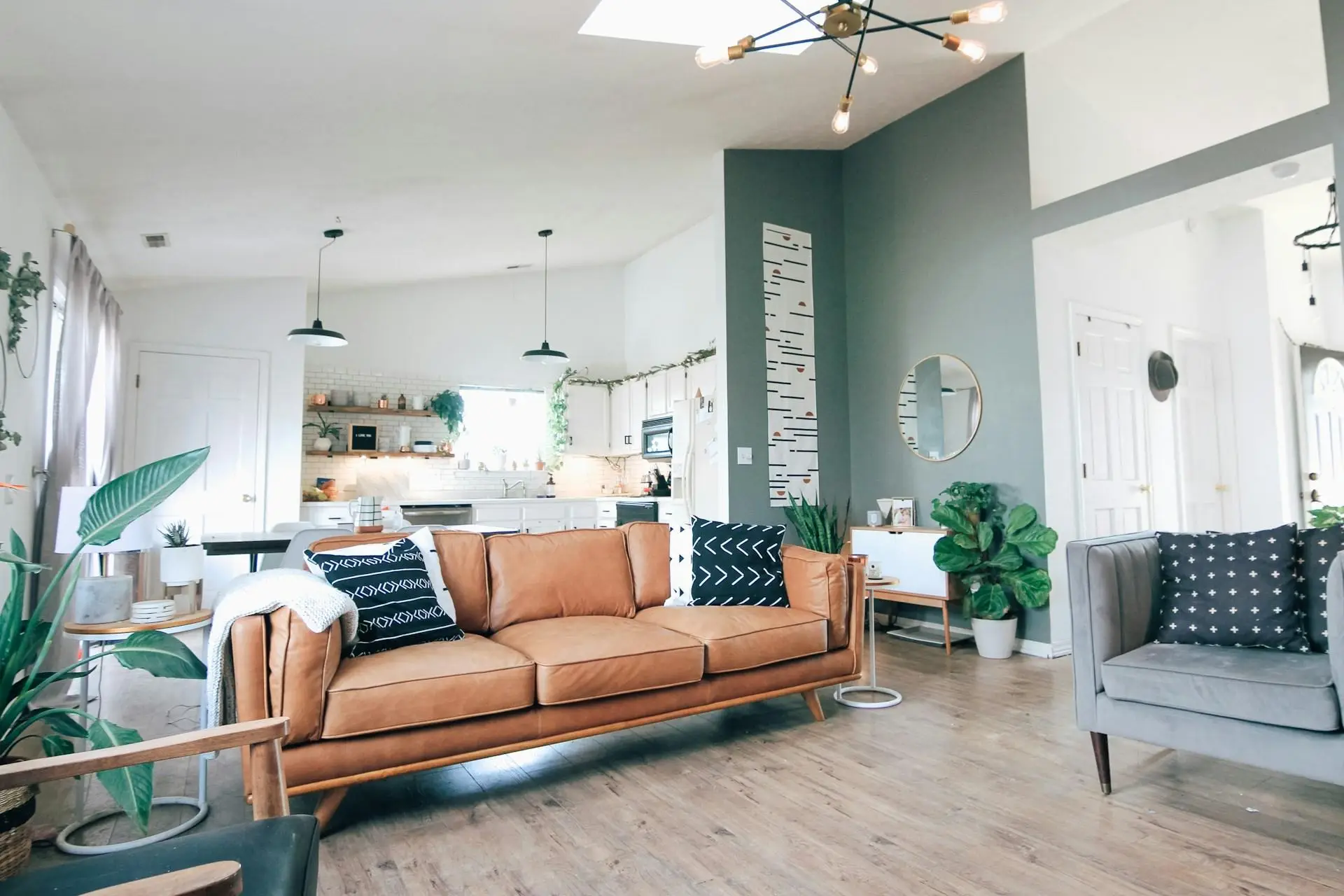The way furniture is arranged in a living space can speak volumes about an individual's personality, lifestyle, and preferences. Interior design is not just about aesthetics; it's also about creating a space that reflects one's personal style and functional needs. This article delves into the intriguing world of furniture placement and what it might reveal about its inhabitants.
The Art of Balance: Symmetry vs. Asymmetry
Symmetrical furniture arrangements often suggest a preference for order, balance, and harmony. Individuals who opt for such layouts might value stability and predictability in their lives. On the other hand, asymmetrical placements can indicate a more adventurous spirit, suggesting creativity and a willingness to embrace change and spontaneity. This choice often reflects a dynamic lifestyle and a preference for eclectic or modern design aesthetics.
Open Spaces: Embracing Minimalism
Minimalist furniture placement, characterized by open spaces and carefully curated pieces, often indicates a preference for simplicity and functionality. Those who favor minimalism may prioritize clarity and calmness in their environment, valuing quality over quantity. This design approach is not just about reducing clutter but also about creating a serene and focused atmosphere that fosters productivity and relaxation.
Cozy Corners: Creating Intimate Spaces
Creating cozy nooks or intimate corners with furniture can reveal a desire for comfort and connection. Individuals who design their spaces with warm, inviting areas may value personal relationships and seek a refuge from the outside world. These spaces often incorporate soft textures, ambient lighting, and personal mementos, making them perfect for relaxation or socializing with close friends and family.
The Power of Statement Pieces
Incorporating bold statement pieces into a room's design can indicate a strong sense of individuality and confidence. Those who choose eye-catching furniture items are often not afraid to express their personality and make a lasting impression. These pieces often serve as conversation starters, showcasing the owner's unique taste and bold approach to interior design.
Functional Layouts: Prioritizing Practicality
A functional furniture layout focuses on maximizing usability and efficiency in a space. People who prioritize practical designs often have a keen eye for organization and prefer to maintain a seamless flow in their daily routines. This approach is common in homes where functionality is paramount, such as in family households or for individuals who work from home.
Feng Shui Influence: Harmonizing Energy
Furniture placement guided by Feng Shui principles reflects a desire to harmonize the flow of energy within the home. Adherents of Feng Shui often seek balance and positive energy, arranging their furniture to promote well-being and prosperity. This ancient practice emphasizes the importance of positioning furniture in a way that supports the natural flow of chi, enhancing the overall quality of life for its inhabitants.
Eclectic Arrangements: Celebrating Diversity
Eclectic furniture arrangements are characterized by a blend of different styles, textures, and colors. This approach often reveals a love for diversity and a willingness to experiment with unconventional combinations. Individuals who embrace eclectic design might have a passion for travel, art, or cultural exploration, reflecting their adventures and experiences through their unique interior choices.
Personal Touches: Showcasing Individuality
Spaces that feature personalized furniture arrangements highlight an individual's unique personality and interests. Whether it's a collection of vintage finds or custom-made pieces, these arrangements often tell a story about the owner's life journey and passions. Personal touches in furniture placement can transform a house into a home, making it a true reflection of its inhabitants.
Social Spaces: Encouraging Interaction
Furniture arranged to facilitate social interaction suggests a sociable and outgoing personality. These spaces are designed to encourage conversation and connection, often featuring ample seating and open layouts. Individuals who prioritize social spaces may enjoy hosting gatherings and value the communal aspect of living, using their home as a hub for entertainment and interaction.
Nature-Inspired Layouts: Inviting the Outdoors In
Incorporating natural elements into furniture placement can indicate a love for the outdoors and a desire to connect with nature. These layouts often feature organic materials, earthy tones, and strategic placement to maximize natural light. Individuals who favor nature-inspired designs might prioritize sustainability and seek to create a tranquil, rejuvenating environment within their home.
Furniture placement is more than just a design choice; it is a reflection of one's personality, values, and lifestyle. By understanding the nuances of how furniture is arranged, one can gain insights into the individuals who inhabit those spaces, making interior design a truly personalized and expressive art form.

